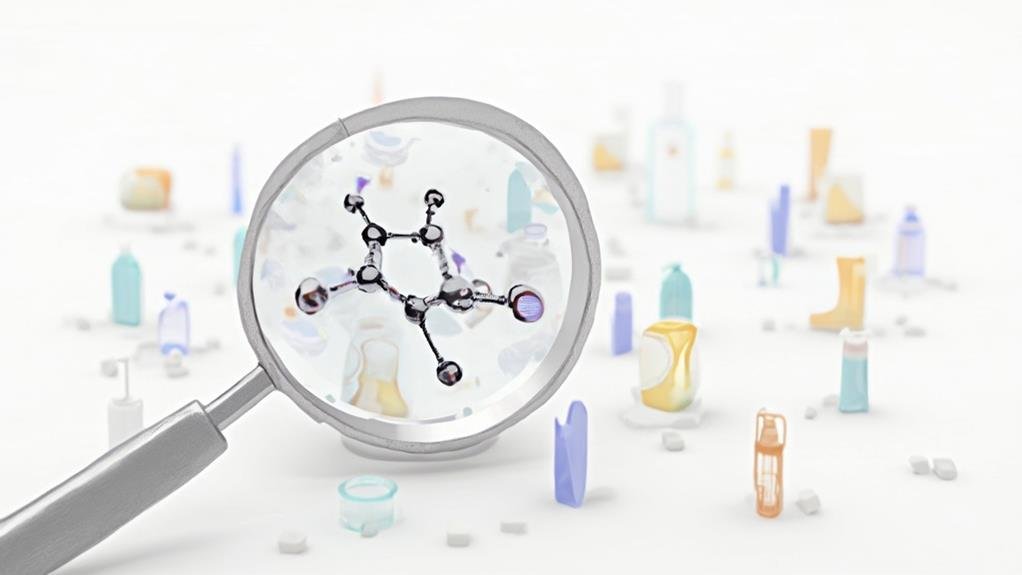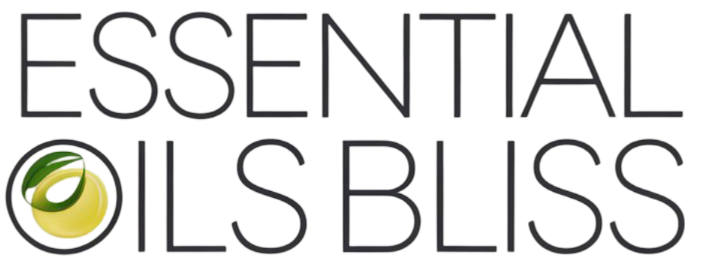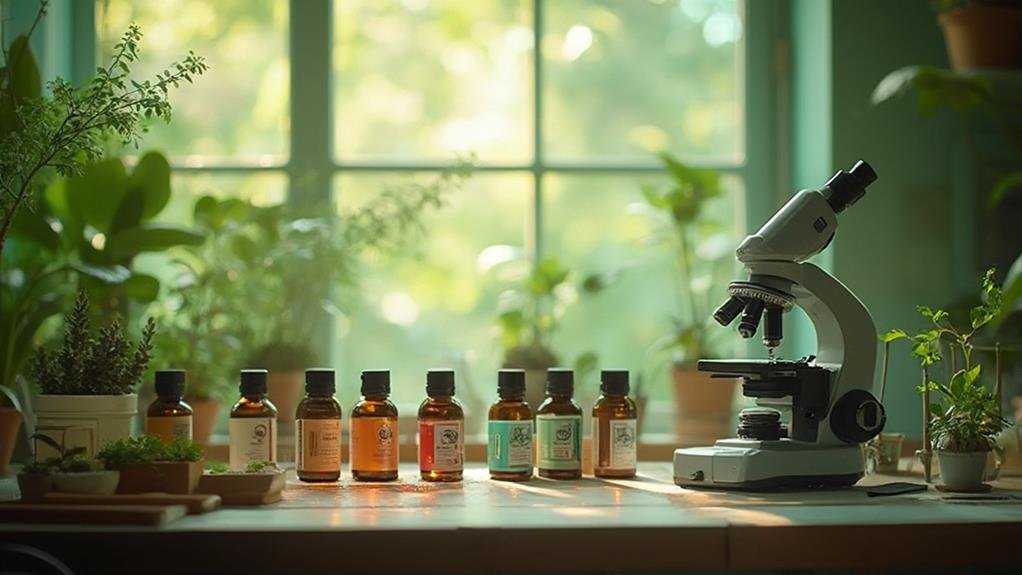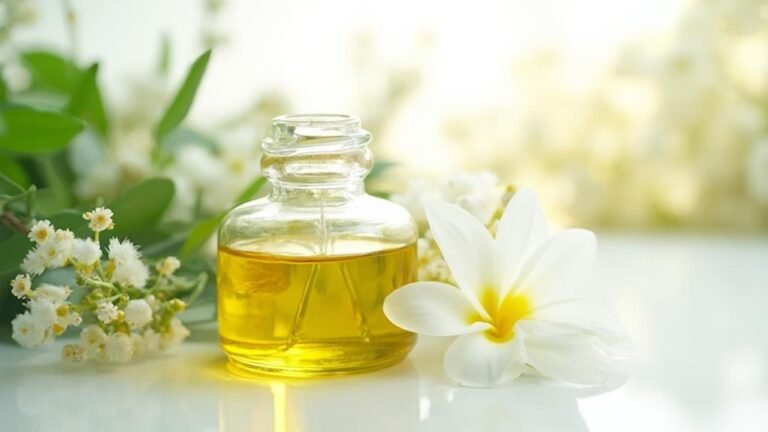Do Essential Oils Have Phthalates?
High-quality essential oils should not contain phthalates. However, contamination can occur during various stages of production, including plant cultivation, extraction, processing, and adulteration
In this guide, we’ll dive deep into the topic of phthalates in essential oils, equipping you with the knowledge to make informed choices.
What are Phthalates?

Phthalates are synthetic chemicals used in a wide range of products, from plastics and cosmetics to fragrances. They’re primarily added to make materials more flexible and durable or to enhance the longevity of scents.
Unfortunately, their widespread use has led to concerns about their potential impact on human health and the environment. Learn more about essential oils and safety concerns.
Why are Phthalates a Concern?
Research has linked phthalates to a variety of health issues, including:
- Reproductive problems: Phthalates can disrupt hormone balance, potentially leading to infertility, early puberty, and other reproductive concerns.
- Birth defects: Exposure to phthalates during pregnancy has been associated with birth defects in male babies, such as hypospadias (a condition where the opening of the urethra is not at the tip of the penis) and cryptorchidism (undescended testicles).
- Hormone disruption: Phthalates can mimic or interfere with the body’s natural hormones, leading to a cascade of health effects, including thyroid problems, obesity, and diabetes.
- Developmental issues: Studies suggest that exposure to phthalates during childhood may impact brain development and increase the risk of learning disabilities and behavioral problems.
- Cancer: Some phthalates have been classified as potential carcinogens by regulatory agencies.
How Do Phthalates Get into Essential Oils?
Phthalates are not naturally present in essential oils. Contamination can occur during various stages of production, including:
- Plant cultivation: Plants can absorb phthalates from contaminated soil or water. This can happen if the plants are grown in areas with industrial pollution or if wastewater is used for irrigation.
- Extraction and processing: Phthalate-containing materials, like plastic tubing or containers, can leach chemicals into the oil during extraction or processing. It’s crucial for manufacturers to use high-quality, phthalate-free equipment and materials.
- Adulteration: Unscrupulous manufacturers may intentionally add synthetic fragrances or diluents containing phthalates to boost profits or create a more consistent scent profile.
Factors Affecting Phthalate Contamination
Several factors can influence the level of phthalate contamination in essential oils:
- Plant type: Some plants, such as those in the Apocynaceae family (which includes jasmine and periwinkle), naturally contain phthalates.
- Growing conditions: Plants grown in contaminated environments or exposed to pesticides or fertilizers may accumulate more phthalates. Choosing oils from plants grown in organic and sustainable conditions can help reduce this risk.
- Production methods: Certain extraction and processing methods, like solvent-based extraction, can increase the risk of phthalate contamination. Look for oils that have been extracted using gentle, natural methods like steam distillation.
Testing for Phthalates

Reputable essential oil companies use advanced testing methods, like gas chromatography-mass spectrometry (GC-MS), to detect and quantify phthalate levels in their products.
Look for brands that provide transparency about their testing practices and offer certificates of analysis (COAs) for their oils. These COAs should clearly state that the oil has been tested for phthalates and is free of them.
Safe Use of Essential Oils
To minimize the risk of phthalate exposure from essential oils:
- Choose high-quality oils: Opt for essential oils from reputable brands that prioritize purity and transparency. Do your research and read reviews before making a purchase.
- Read labels carefully: Look for phthalate-free certifications and avoid oils packaged in plastic containers. Glass bottles are a safer option for storing essential oils.
- Dilute before use: Always dilute essential oils with a carrier oil (like coconut or jojoba oil) before applying them to the skin to reduce the risk of irritation. Never apply undiluted essential oils directly to your skin. For more guidance, see our article on essential oils and carrier oils.
- Store properly: Keep essential oils in dark glass bottles away from heat and light. This helps preserve their quality and prevent degradation.
Expert Opinions
Experts in the field of aromatherapy and essential oils express concern about phthalate contamination. They emphasize the importance of sourcing from reputable suppliers, conducting regular testing, and adhering to strict quality control measures.
As a consumer, you can play a role in promoting safer practices by choosing phthalate-free essential oils and supporting companies that prioritize transparency and sustainability.
Conclusion
While the presence of phthalates in some essential oils is a concern, it’s possible to enjoy the benefits of aromatherapy safely by choosing high-quality oils from trusted brands and following safe usage guidelines.
By staying informed and making conscious choices, you can reap the rewards of essential oils without compromising your health.







